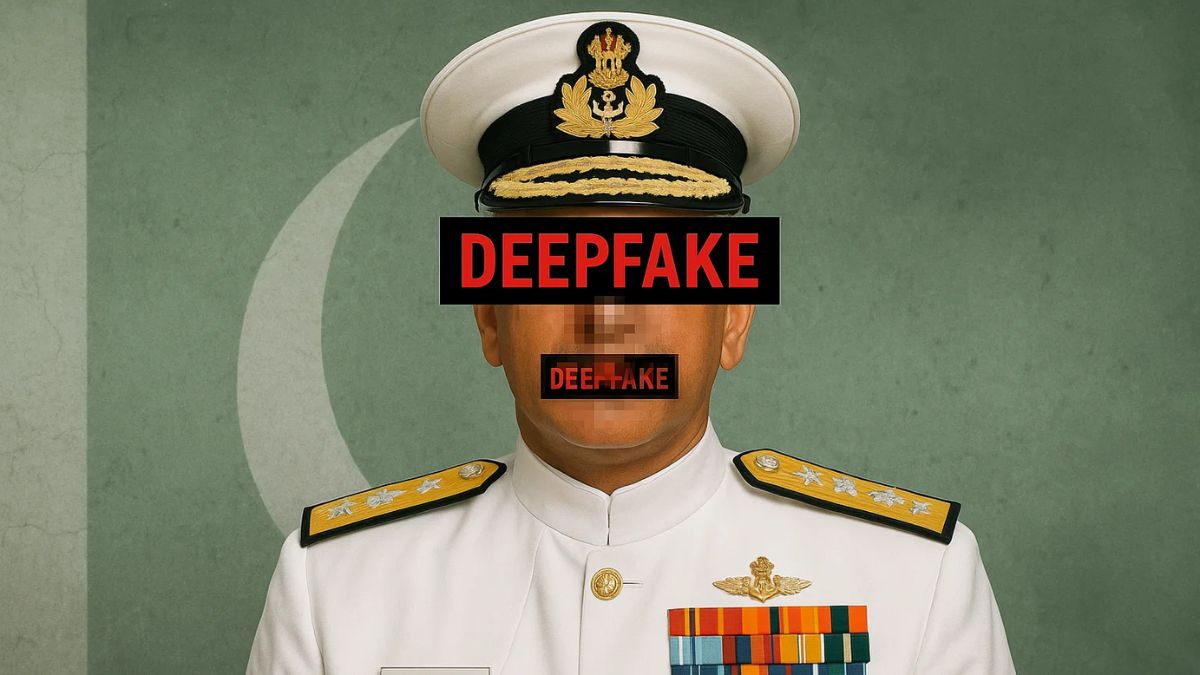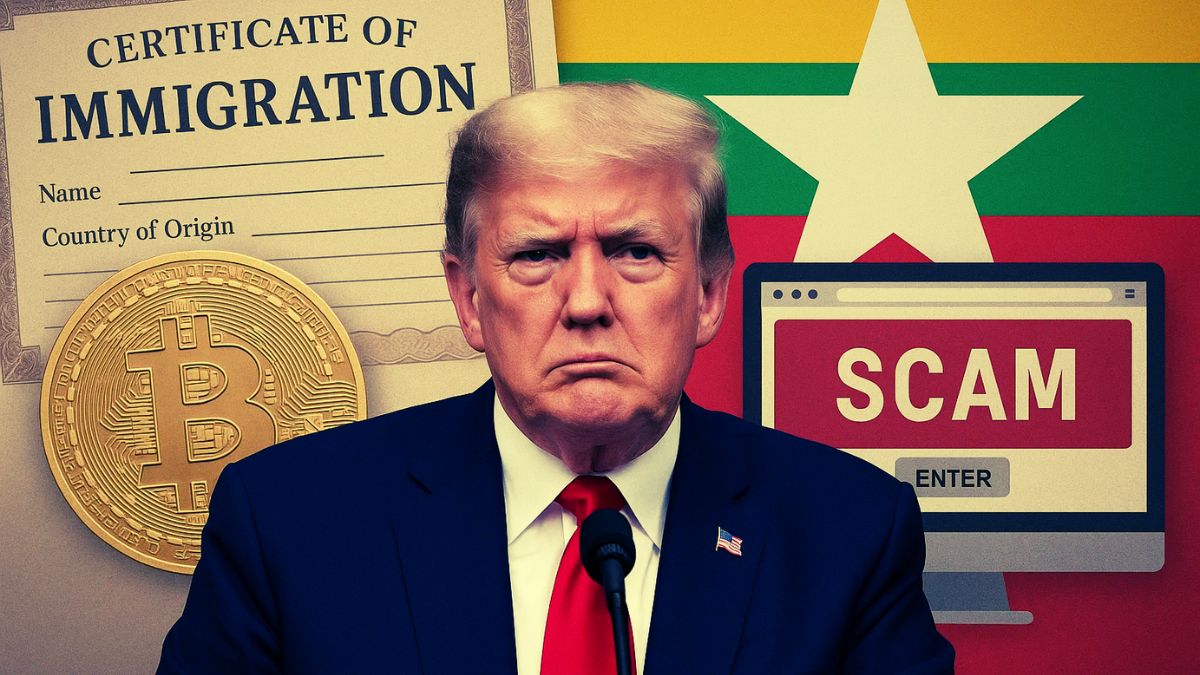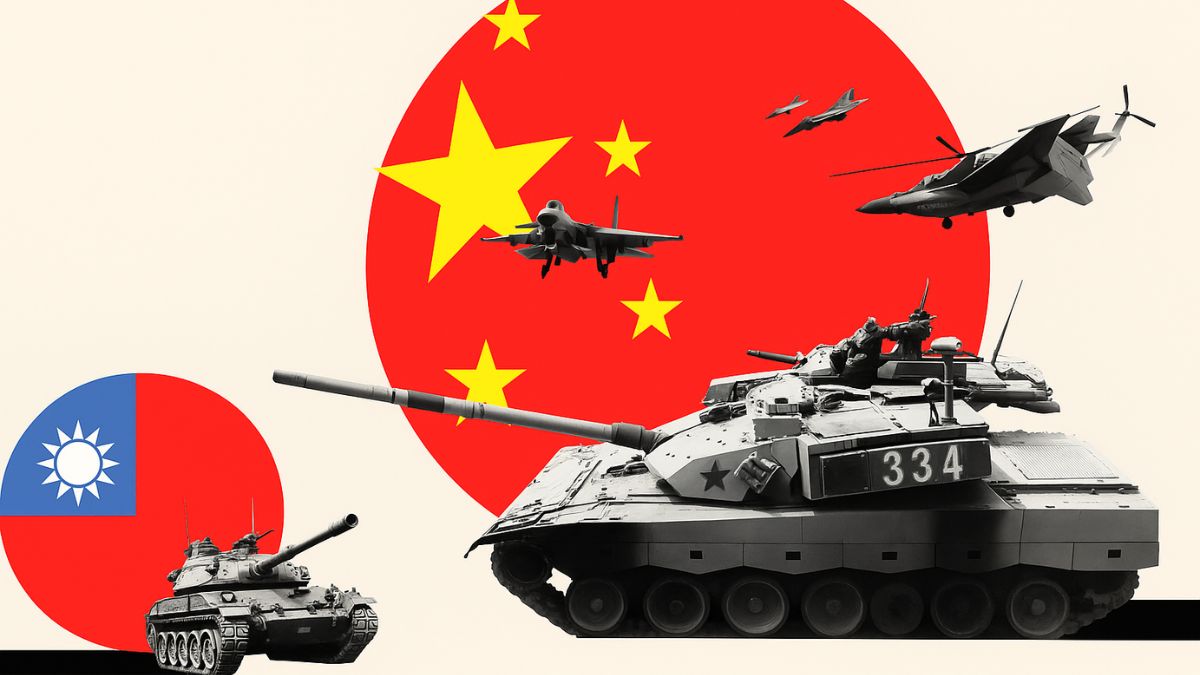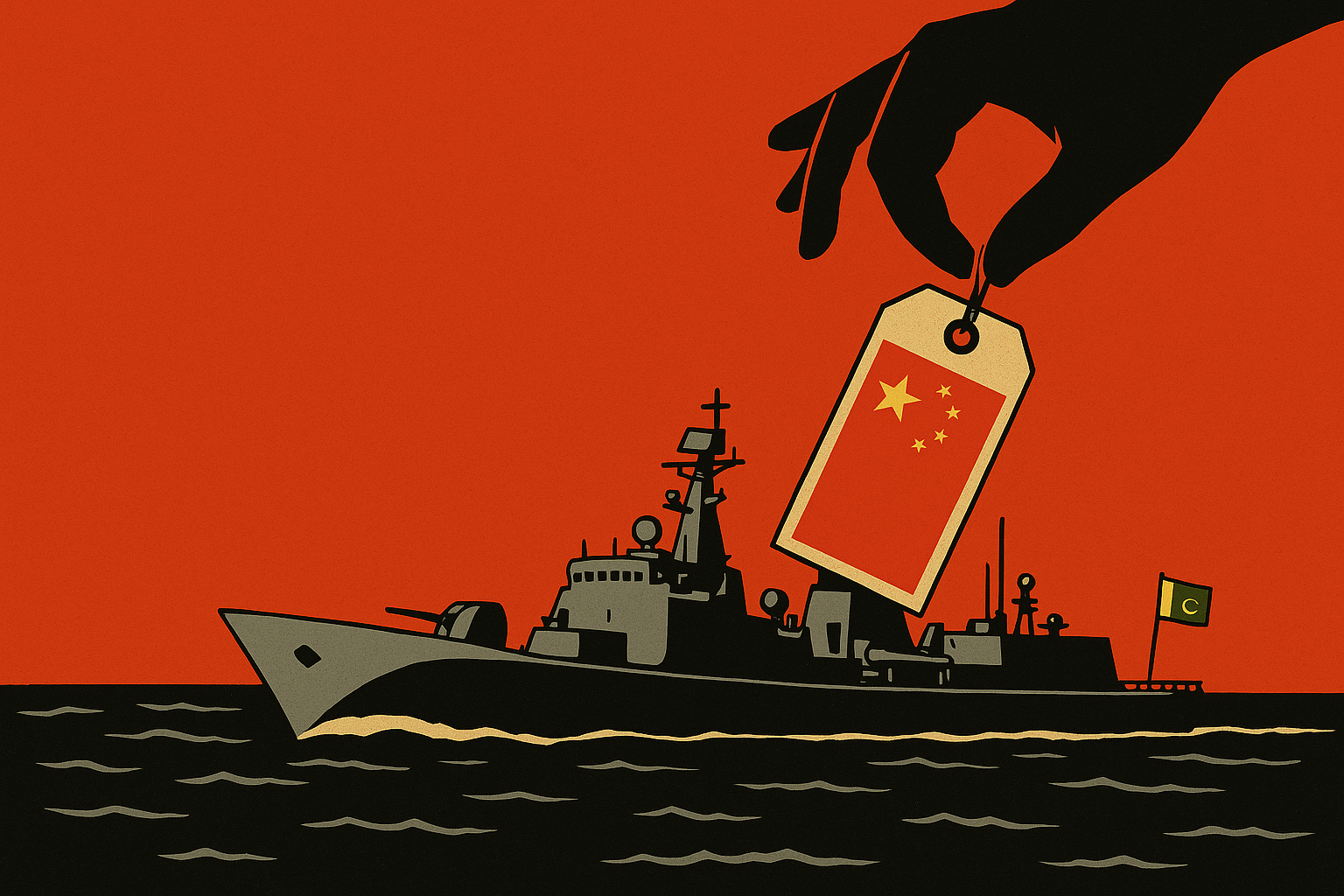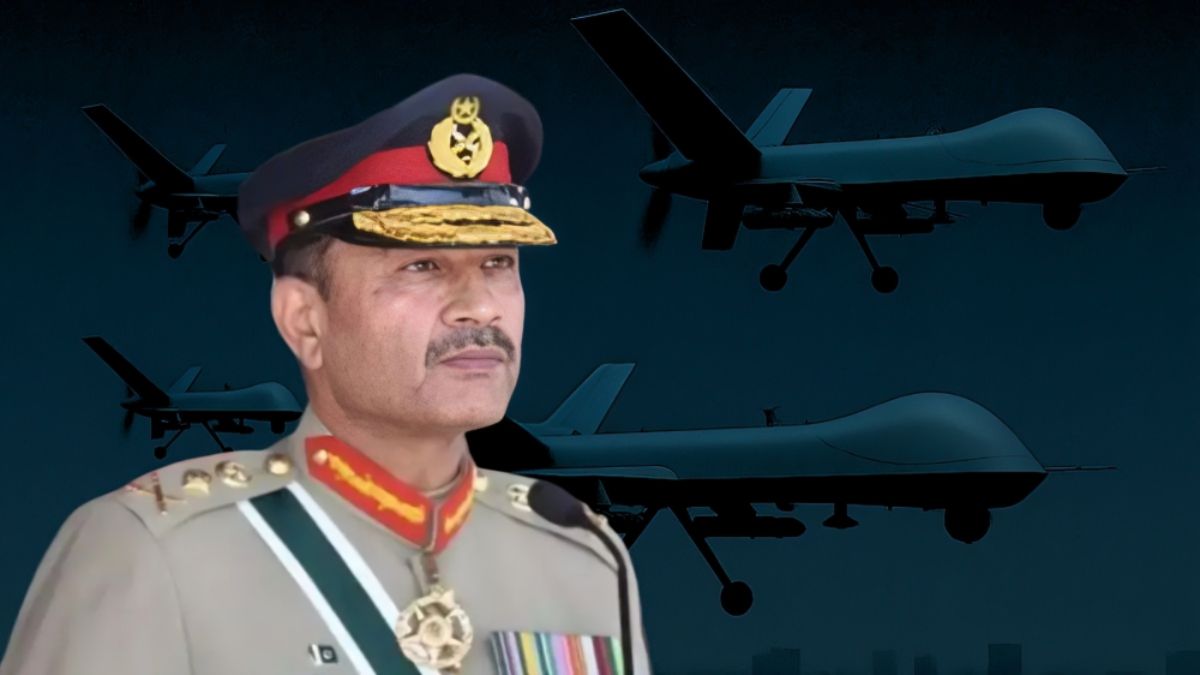The PLA at 76: Party’s Militia vs India’s Professional Army
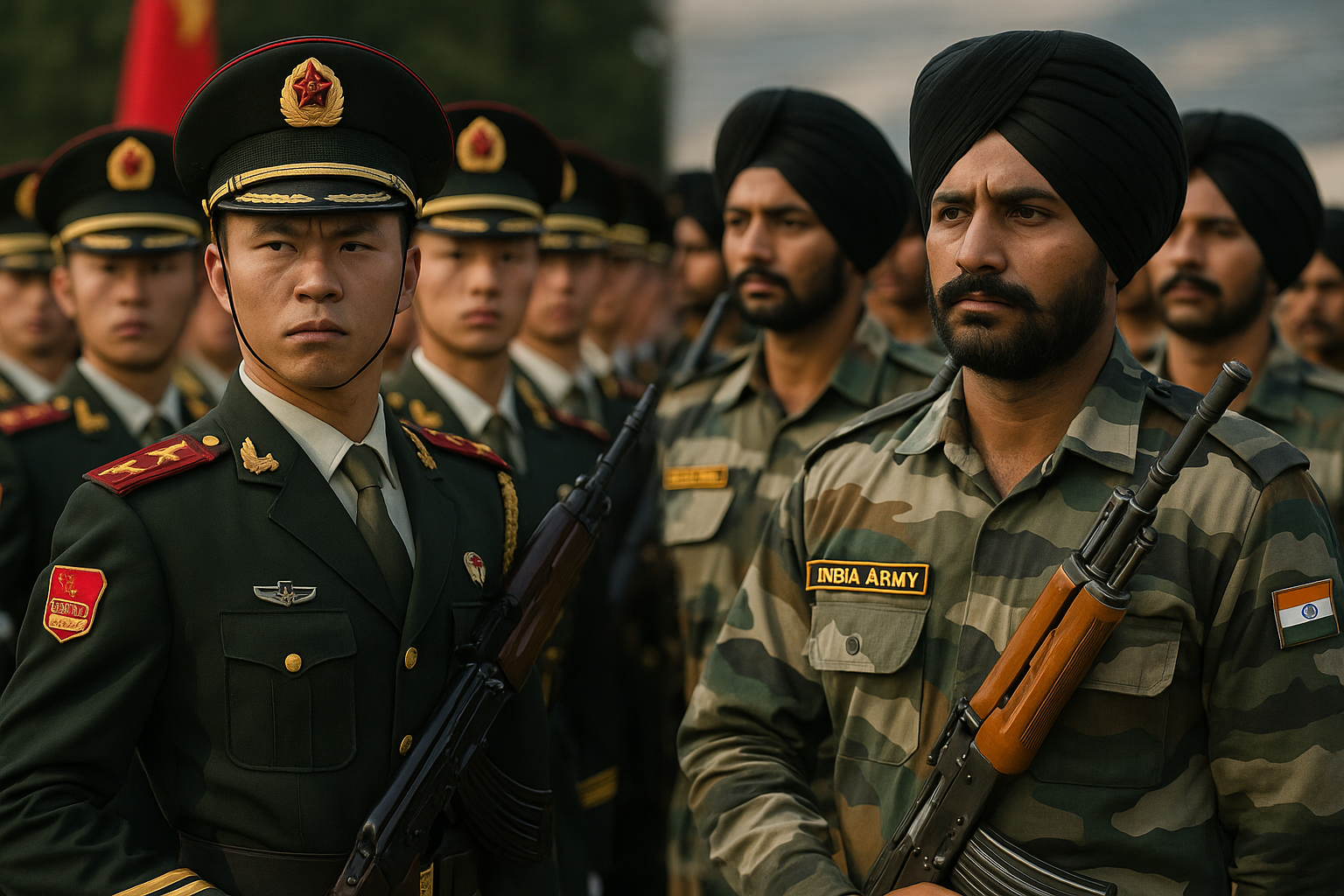
As China marks its 76th National Day, the People’s Liberation Army remains the armed wing of the Communist Party, enforcing domestic control and projecting power abroad. India’s Army, by contrast, is a constitutional force bound to the republic, not a party. The contrast matters for Asia’s future.
The Party Commands the Gun
In China, the relationship between the army and the state is explicit. “The Party commands the gun,” Mao Zedong declared in 1938, and the dictum remains institutionalised. The Central Military Commission (CMC) of the Chinese Communist Party, chaired by Xi Jinping, sits at the top of the chain of command. The Ministry of National Defence, by contrast, has little operational authority.
This means the PLA is not a national army in the conventional sense. It is a Party militia in uniform — loyal first to the CCP, not to a constitution, parliament, or people. The effect is visible in the PLA’s deployments: suppressing unrest in Xinjiang, enforcing assimilation in Tibet, and serving as a garrison of control in Hong Kong.
Repression as a Mission
The PLA’s record since 1949 demonstrates its dual role: both an external defender and an internal enforcer. It was the PLA that marched into Tibet in 1950 to assert sovereignty, and the PLA that has helped enforce assimilation ever since. In Xinjiang, it has backed paramilitary forces in securing camps, monitoring towns, and deploying surveillance infrastructure. In Hong Kong, PLA troops were stationed in barracks until 2019, when their “street cleaning” deployment signalled readiness to act against protest.
Unlike most national armies, which are designed to protect the state from external threats, the PLA has always been tasked with protecting the Party from domestic ones.
Military Modernisation, Political Purges
Under Xi Jinping, the PLA has undergone the most sweeping reforms in decades. Budgets are projected to reach an estimated US$224 billion in 2024, second only to those of the United States. New capabilities range from hypersonic missiles to cyber and space assets. Yet this modernisation has gone hand in hand with political purges.
In 2023 and 2024, multiple generals and even defence ministers were removed under corruption investigations. Xi has spoken of “deep-seated problems” in the force. Critics see these purges not only as anti-corruption but as loyalty checks. A modernised PLA is still expected to remain politically pliant, with its commanders vetted more for allegiance than for independent military judgment.
India’s Contrast: An Army of the Constitution
India offers a different model. The Indian Army is bound not to a ruling party but to the Constitution of India, with civilian control exercised through elected governments and parliamentary oversight. Its ethos is one of political neutrality.
The difference is visible in practice. In times of domestic unrest, the Army is deployed in aid of civil authority, but it remains subject to constitutional constraints. In elections, the armed forces stay resolutely apolitical. India’s soldiers swear allegiance to the Constitution, not to any ideology or leader. This ensures continuity of professionalism across political transitions.
The Indian Army’s record in UN peacekeeping missions further underscores its role as a force accountable to international norms. India has consistently ranked among the top troop contributors, reinforcing its identity as a professional army serving democratic and global responsibilities.
National Day, Different Messages
As Beijing parades its military might on 1 October 2025, the symbolism is clear: the PLA is central to the Party’s legitimacy. Tanks, missiles, and jets are not only instruments of deterrence; they are stagecraft to reinforce the CCP’s narrative of control.
In New Delhi, the role of the armed forces on Republic Day takes on a distinct character. Parades commemorate the Constitution, showcase unity in diversity, and honour sacrifices for the republic. India celebrates the Army as part of its democratic framework; China celebrates the PLA as the Party’s sword and shield.
Strategic Consequences
The distinction has practical consequences for Asia’s balance of power. A PLA loyal to the CCP enables assertive policies abroad — from building artificial islands in the South China Sea to expanding bases in the Indian Ocean. Its legitimacy depends on projecting strength, even at the risk of confrontation.
India’s Army, operating within a democratic system, plays a stabilising role at home and abroad. It underpins the country’s position as a net security provider in the Indian Ocean Region and as a partner in multilateral exercises. Where the PLA exports coercion, the Indian Army exports professionalism.
The Regional Choice
For Asia’s smaller states, the contrast offers two models of military power. One is party-controlled, aligned with authoritarian consolidation. The other is constitutionally bound, integrated into democratic governance. The long-term question is which model will shape the security architecture of the Indo-Pacific.
As China marks the 76th year of its founding, the PLA symbolises both its strength and its fragility: formidable hardware coupled with brittle political dependence. For India, the Army’s independence from partisan politics remains one of its greatest strategic assets.
The PLA at 76 is a reminder that in China, the army and the Party are inseparable. It is a tool of repression at home and a means of projection abroad. India’s Army, by contrast, embodies a different ethos: loyalty to a constitution, service to a democracy, and accountability beyond its borders.
The comparison is not academic. It shapes how each state wields power, manages crises, and engages the world. As Asia navigates an uncertain future, the question is not only who has more ships, missiles, or soldiers — but who those soldiers ultimately serve.

